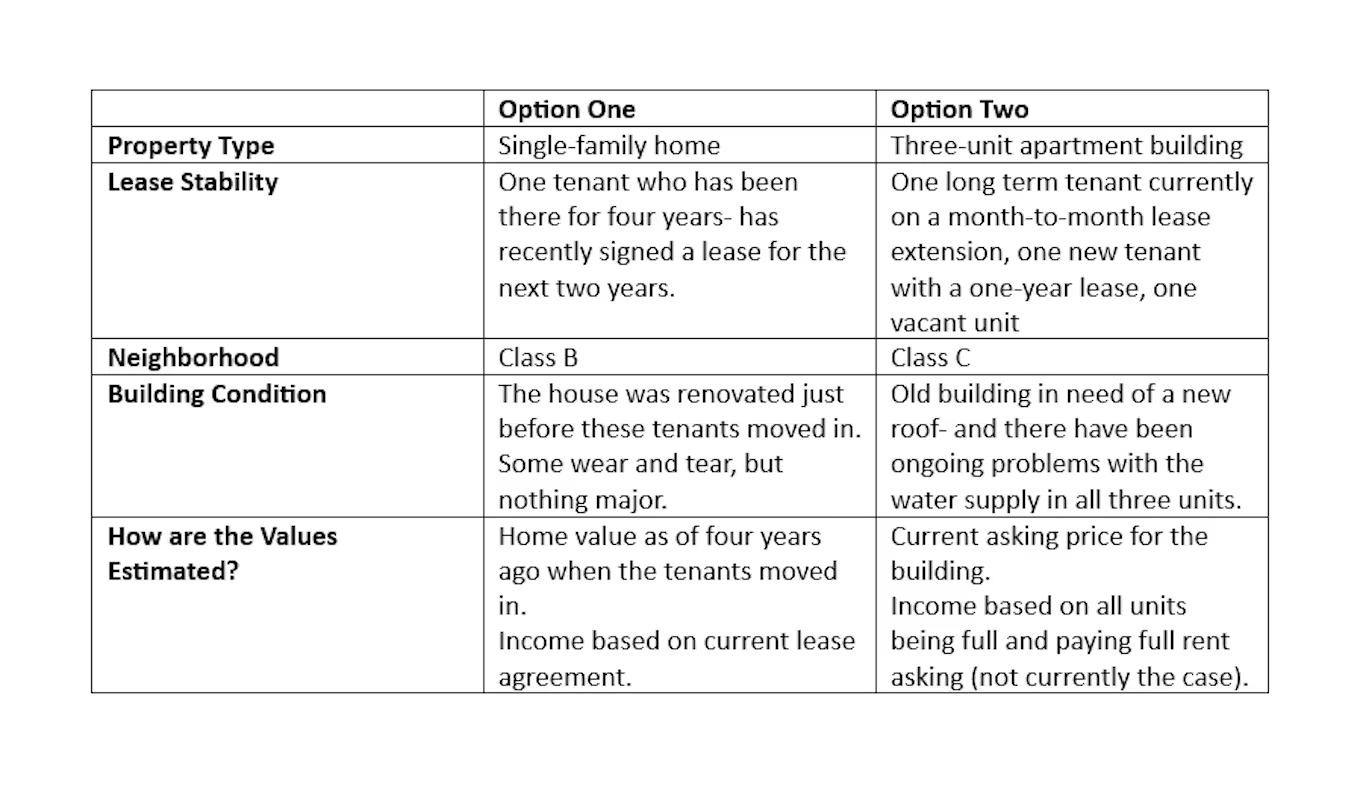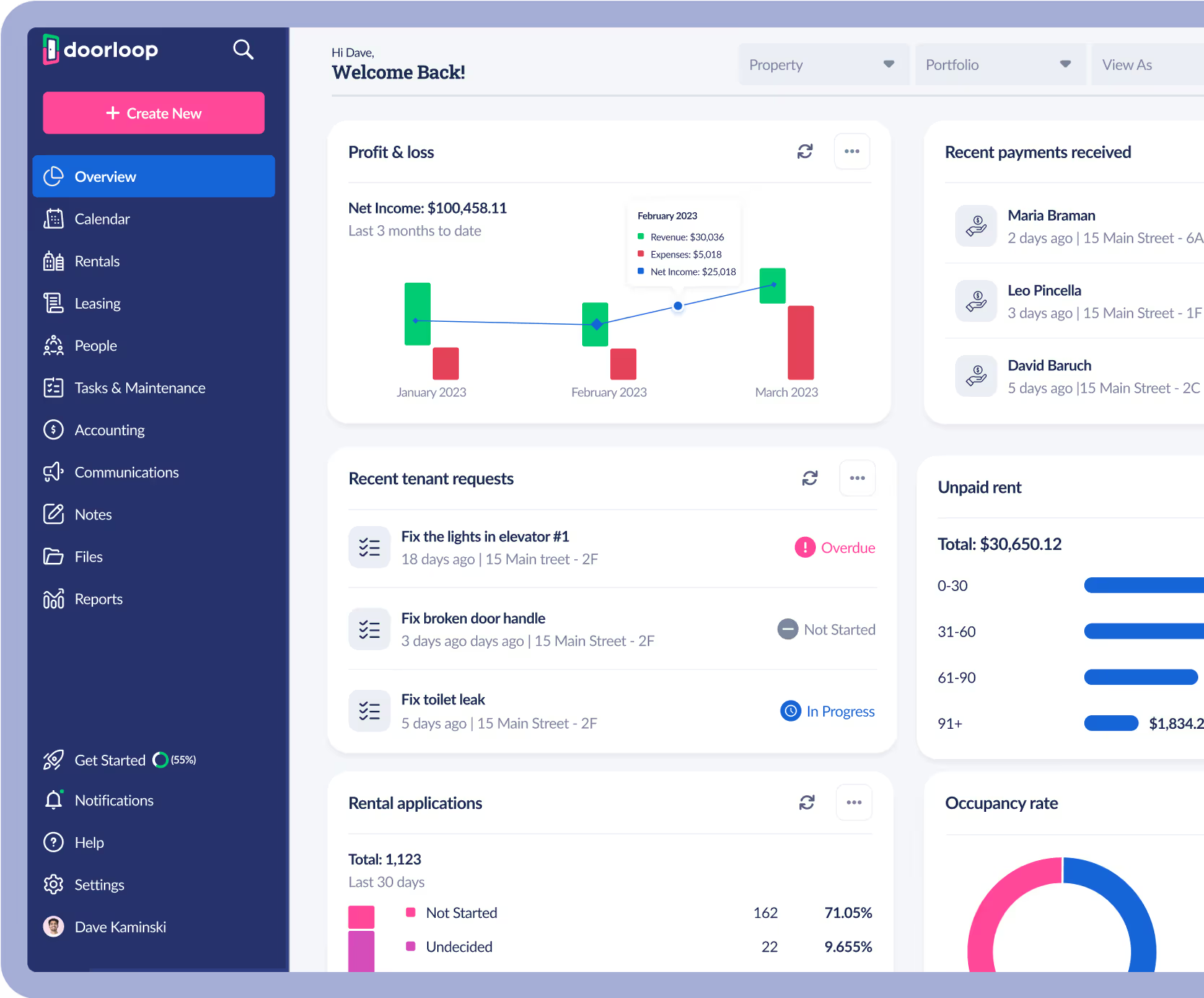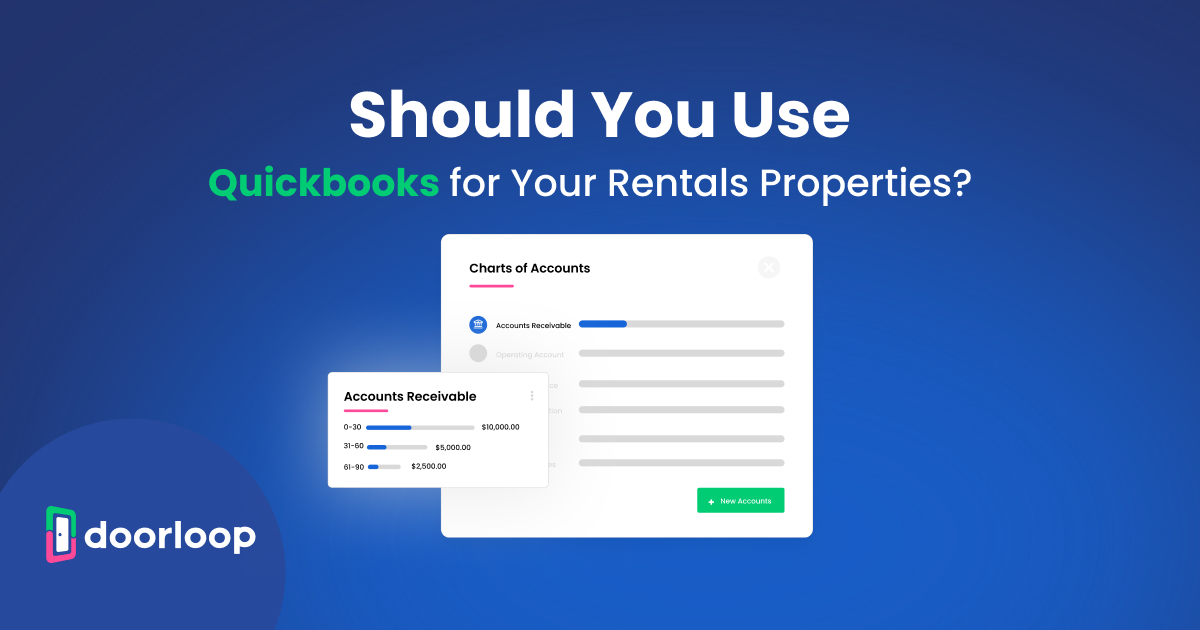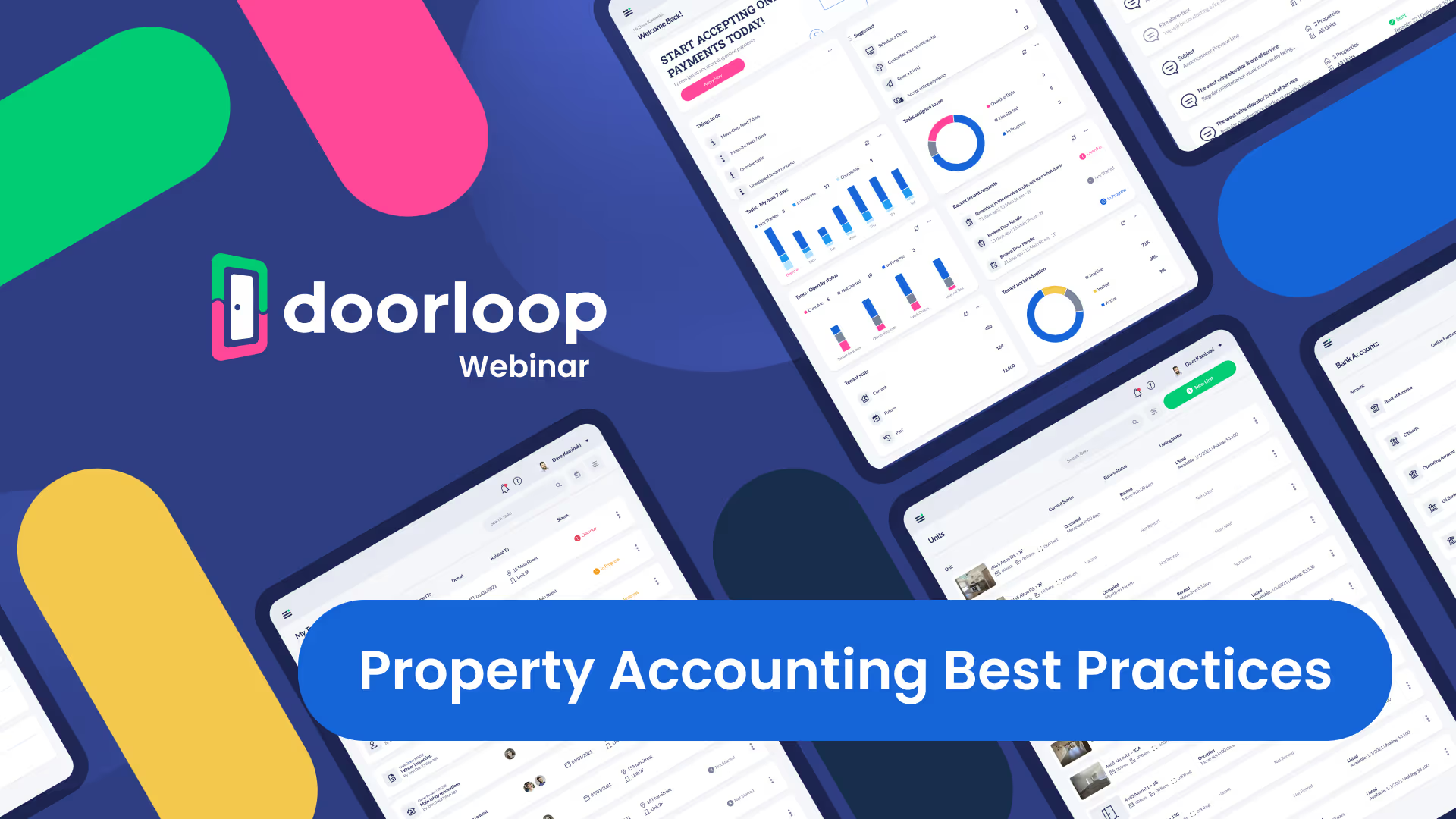Being part of the investment property world can be highly rewarding in many ways- most notably, the potential income it can generate. Cap rate is one of the ways that income is calculated- but what does it mean, and how can real estate investors apply it to their strategies?
This guide to cap rate covers everything you need to know- including how to use a cap rate calculator to figure out the numbers for your investments.
Using real estate calculators is an excellent way to get a better handle on property investments and finances.
Let's get started!
What Is Cap Rate?
Cap rate, or Capitalization rate, is the name given to the percentage rate of return on investment that can be generated after you take away your operating expenses.
It is used in the commercial property and real estate industry to determine the potential net income a property can generate over a year (other time frames are sometimes used, but this is the most common) based on the market value of a property and how much money it could bring in.
How Is Cap Rate Calculated?
The cap rate calculation is simple:
Cap Rate = Net Operating Income (NOI) ÷ Current Market Value
Put simply, that means a property's capitalization rate is the total income it generates after expenses are removed divided by its market value or what the investor pays for it.
Here is a little more detailed information on each of the variables.
Net Operating Income
You calculate the net operating income by subtracting the annual operating expenses from the gross annual income.
Gross income for rental property comes from the payments made by tenants.
If you own a five-unit apartment building and each generates $1,000 in monthly rent, the gross income is $12,000 x five units = $60,000.
Your operating expenses include insurance costs, maintenance, property taxes, renovations, and anything else that cuts into your profit.
Let's say you spend an average of 40% of the gross income each year- that makes your annual operating expenses for this property $24,000.
Based on these numbers, your net operating income for the five units combined is $36,000.
Property Value
The figure you need to use as the property value amount depends on whether you already own it or are considering buying it. It also depends on how long ago a property was purchased.
If you own the property already, you can use the purchase price for your cap rate calculation- although you should make allowances for significant differences in price if it was bought a long time ago. This also doesn't work if a property was inherited.
Alternatively, if you are still deciding whether or not to buy it, you should use the current market value or asking price. Using the current market value is generally the preferred method for finding the comparative value of an investment based on cap rate.
Taking the same example as above, let's say you paid (or expect to pay) $800,000 for the entire building.
Your calculation would look like this:
$36,000 (NOI) ÷ $800,000 (value) = 0.045
Take the 0.04125 and turn it into a percentage to get the cap rate.
In this example, the cap rate would be 4.5%.
What Factors Impact a Property's Cap Rate?
Although the basic calculation for a cap rate only uses the property value, expenses, and income, there are a few other things that could affect the actual rate of return on investment.
The most important factors to consider are:
- Whether or not the income is reliable (is the property vacant, are there any delinquencies, do you have reliable tenants and stable lease agreements?)
- What the likelihood is of exceeding the expected expenditure (is the property old, are there any major works required, is the property in a high-risk area?)
Average cap rates vary significantly between states and cities, so it is worthwhile looking at the typical figures in your area.
When you use the cap rate formula, you need to remember that cash flow and operating costs can change, and the first number you see on the cap rate calculator may not always be accurate.
Examples of Cap Rate Calculations in the Rental Property Market
Let's look at capitalization rate applied to various situations in real estate. We will compare scenarios and highlight how some variables can impact the calculations.
Additionally, we will show how you can use cap rate to compare properties in your local real estate market to decide where the better investment lies.
Cap Rate and Commercial Real Estate
Someone looking to invest in a commercial real estate property can compare cap rates for two reasons:
- To find the best property for their portfolio
- To assess whether their investment would be better off in another market.
If an investor has $1 million and is looking for a relatively low-risk asset, they could consider a government treasury body, which pays roughly 3% interest annually. In effect, they have a 3% cap rate.
By choosing commercial real estate instead, they face a slightly increases risk but could look to buy a building with reliable long-term tenants and existing stable lease agreements. Here is an example of what that could look like.

As you can see, the potential rate of return is higher. If the investor's risk tolerance allows, and the property they are investing in is reliable, it could be a preferable option.
Cap Rate and Residential Real Estate
Real estate investors looking for residential properties, such as a single-family home or multi-unit apartment buildings, can also use a cap rate calculator to determine the potential returns.
Because of the nature of the residential rental market, there are quite a few more risks and variables they should also consider above and beyond the basic cap rate calculations.
The best way to show this is to compare multiple properties with the same market value but different circumstances.
In this example, we show two potential property investments.

This table shows cap rate based on the simple figures used in the calculation. At first glance, the second option is the best.
However, investors need to consider more than this.
In the next table, we cover some secondary considerations that affect the actual cap rate and the appeal of residential property investments.

As you can see, the additional information completely changes which investment property is more appealing- highlighting how important it is to look at more than just the cap rate.
Cap Rate and Short-Term Rental Properties
If you run an Airbnb or other short-term rental property, you can also use cap rate to work out the potential annual return on your investment. However, you need to consider the fact that you may not have the same gross income every month due to the nature of these types of rentals.
The best way to work out a short-term rental cap rate is to come up with an average monthly rental income rate.
Say, for example, you can make up to $5,000 a month in rent if your property is fully booked. That would equate to $60,000 per year.
Realistically, you expect to achieve this in peak months- let's say June, July, and August.
If, for six months of the year, you are roughly 50% full- and the remaining three, 25% booked, your annual gross income would be $34,250.
This is just a rough guide- you can work out your average in other ways if it feels more applicable.
You can then take that figure and apply it to the cap rate calculator.
How to Utilize Cap Rate as a Real Estate Investor
Cap rates are used to determine the timeframe in which a property can be reasonably expected to recover the initial investment through profitable income.
Put simply, a property with a 10% capitalization rate should, in theory, have paid back the purchase price after 10 years.
Another way to leverage cap rate is to determine property value. Using the net operating income and the cap rates of similar properties (in age, condition, type, asset class, location, etc.), you can calculate what a reasonable market value would be.
That said, cap rate should never be the sole instrument used to determine value- there are too many variables not taken into account.
What Is a Good Cap Rate for Investment Properties?
Average cap rates vary between different cities, property types, and property classes, so a 'good' cap rate in one area may not be so desirable elsewhere.
That said, the general range most rental property owners hope to hit is between 5% and 8%. According to experts, this is the sweet spot between risk and reward.
Higher does not always mean better in real estate. Although the potential is there to recoup your investment quickly, there is usually more that can go wrong.
Lower-class properties usually have higher expected cap rates than top-class properties, mainly due to the lower property purchase price and less pressure to pay premium prices for renovations and upkeep.
That said, they also carry more risk. A higher-value property with a lower cap rate may be the more worthwhile investment overall.
Always check with a professional advisor about good cap rates and rental property investing before making any big decisions.
Things to Be Aware Of when Calculating Cap Rate
Going back to the things that may impact the cap rate for your rental properties, there are certain limitations and variables that you need to take into consideration.
Actual VS Estimate
Remember, the figures you see are not always set in stone. If you are comparing cap rates on potential property investments, you rely on data provided by a broker, seller, or agent to establish the gross rental income and expenses.
Find out what the numbers are based on. How much evidence is there to support the claims made? Are the figures based on the actual income and outgoings over recent years, or have they been estimated?
Knowing the answer is vital, as it could drastically change the actual capitalization rate once you take ownership.
Property Location
You should always look at the average rates in the city you are investing in, then consider the neighborhood and the risks it brings. Lower-classed neighborhoods are more likely to face issues with theft or vandalism, and you may not be able to secure the rental income you think you can.
Renting property in difficult neighborhoods also increases your risk of tenant disputes.
It may be tempting to jump on an investment property that costs $150,000 with a projected cap rate of 10%, but you need to consider risk tolerance. How confident are you that you can find a high-quality, reliable tenant who will pay on time? Are you convinced you can find someone to pay the gross monthly rental income you are hoping for?
Lease Stability and Delinquencies
If you are calculating cap rate for properties that already have tenants living in them, you also need to take delinquent payments and stability into account.
Some units may currently be on month-to-month lease agreements, which does not bode well for reliable long-term income. If someone recently moved out of a unit but left delinquent utility bills, that will cut your profit by increasing your operating expenses for the first year.
Age of Core Systems
A property's purchase price can seem like a great deal with high cap rate potential, but that doesn't account for the work you need to do on it to make it habitable and attractive to high-quality renters.
Older properties often come with structural issues or major renovations on the table.
The core systems, such as HVAC units, water, electricity, and other utilities may also need upgraded. This is another major expense that eats away at net operating income and will drop the actual cap rate significantly.
What Can DoorLoop Do for Real Estate Investors?
DoorLoop is an all-in-one management tool that changes how landlords, property managers, and real estate investors do business and manage their portfolios.
Whether you are looking for a better way to organize your day-to-day, a more robust system for managing your portfolio, vacancies, marketing, and leases, or a more streamlined method of communication- DoorLoop is the answer.
With the advanced accounting and finance tools offered through DoorLoop, you can easily keep track of your property's net operating income, monthly outgoings, and ongoing expenses. Keep up to date with mortgage payments and insurance costs- while collecting rental income on autopilot through the online system.
Other ways DoorLoop can help in relation to cap rate include:
- Screening tenants to secure high-quality renters you can trust to pay and pay on time
- Market your properties through Zillow and Trulia to maximize exposure and fill vacancies quickly
- Helping you stay ahead of potential issues with an efficient online maintenance management system
- Keeping track of all your property management fees in one place
DoorLoop also provides a range of calculators for real estate to help you plan and manage your money and investments more effectively.
More Reasons to Choose DoorLoop
The ways DoorLoop supports your property management company go beyond cap rate and finances. Its comprehensive software covers you from every angle to make life easier and help landlords take their real estate investments to the next level.
- Reduce calls, texts, and emails by consolidating communications.
- Store all your documents in one place.
- Send payment reminders automatically.
- Customize your own applications website.
- Provide your tenants with their own portal to keep track of information.
Want to learn more? Schedule a free DoorLoop demo today to see first-hand what solutions it can offer you and your real estate business.
Summary
You can use a cap rate calculator to work out the annual return on investment you can expect from a property- all you need is the property valuation and the net operating income. Get an instant estimated cap rate online through several reliable websites- but always consider the variables.
Remember, cap rate alone cannot tell you if an investment property is worth it or not- it should always be combined with other indicators.
































.svg)
.svg)

